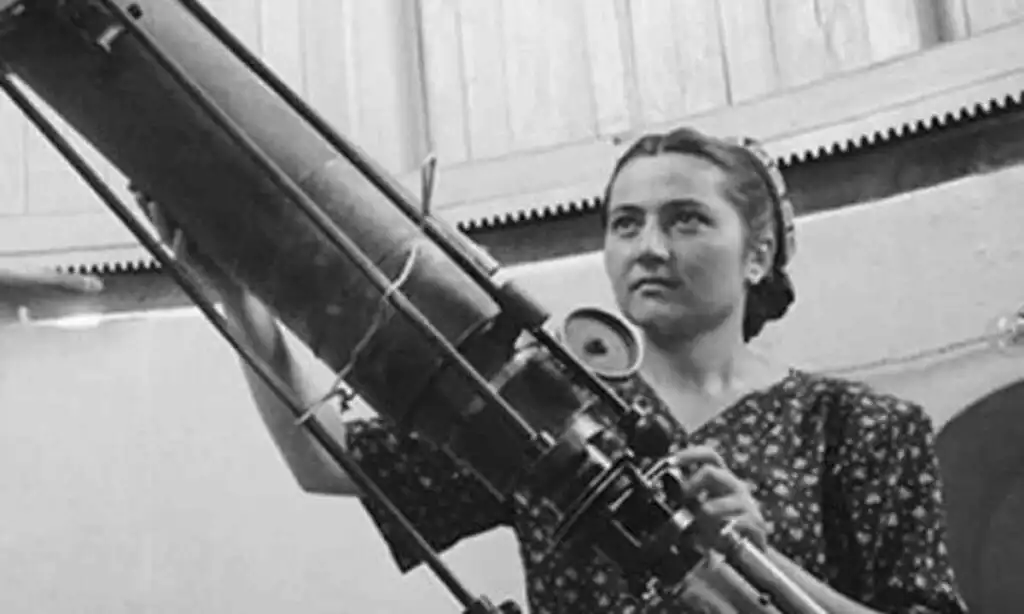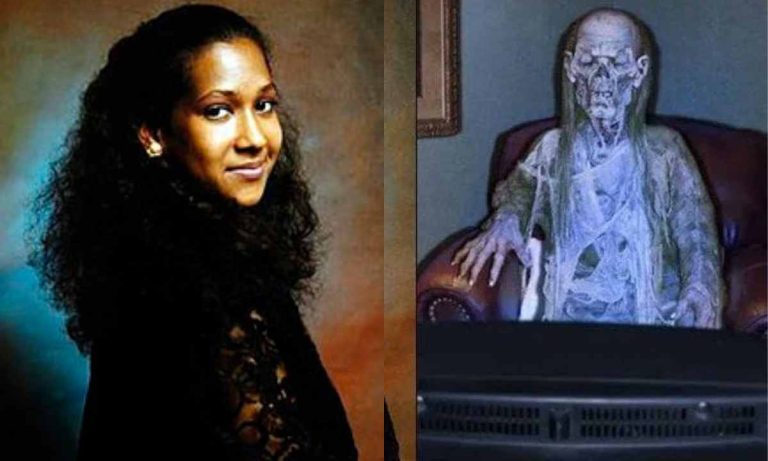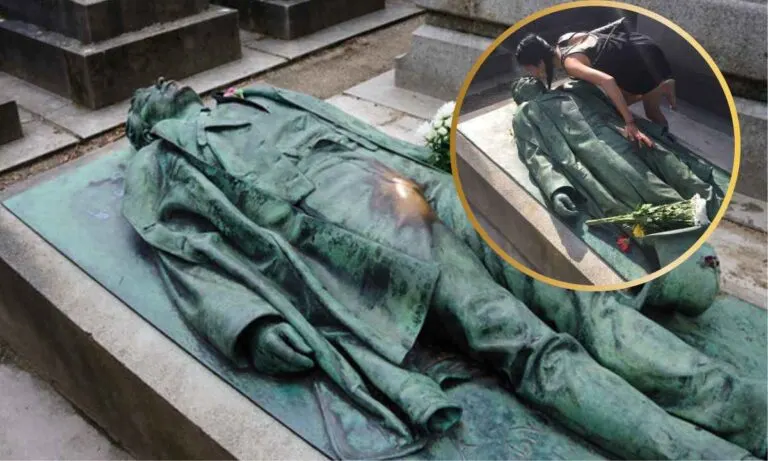Cecilia Payne, The Woman Who Found What Stars Are Made Of | Fighting Her Way Through Rejections For Being A Woman!
Cecilia Payne, a pioneering astrophysicist, left a memorable mark on our understanding of the universe. She discovered that our Sun is made of Hydrogen and Helium. Cecilia also found that stars can be classified according to their temperatures. Her groundbreaking work revolutionized the field of astrophysics. However, when compared with other scientists, she did not receive the recognition she deserved.
Cecilia stood against a deeply rooted misogynistic society. Despite being rejected for simply being a woman in science, Cecilia’s hard work paid off. She became the first female Head of Department at Harvard. Let’s explore the extraordinary life and legacy of Cecilia Payne.
A Stellar Discovery: Unveiling the Composition of the Universe
Cecilia Payne’s most significant contribution to astrophysics came in 1925. She decoded the intricate spectra of starlight, leading to a groundbreaking revelation about the composition of stars. Through her careful research, Payne discovered that a significant portion of the universe, including the Sun, is primarily composed of hydrogen and helium. This revolutionary insight fundamentally reshaped our understanding of the cosmos.
Payne’s discovery posed a key question in the realm of astrophysics—did Cecilia Payne discover hydrogen, and who discovered that the universe is made of hydrogen? Indeed, her work reshaped the very fabric of our comprehension of the universe.
The Rejection of Genius: Cecilia Payne’s Revolutionary Thesis
Despite the immense importance of her findings, Cecilia Payne faced considerable skepticism and challenges. This was mainly because of the gender biases of the scientific community at the time. Her doctoral dissertation, which traced the composition of stars, was initially met with disbelief and resistance.
Payne’s thesis was initially dismissed as “clearly impossible” by leading astronomer Henry Norris Russell. Russell believed that stars would have the same composition as Earth.
In 1927 Payne became a fully-fledged Astronomer working at Harvard Observatory. Despite being a graduate instructor for students, she was still denied an academic position. This was mainly because of the misogynistic stand of the Harvard President, Abbott Lowell. He refused to give a position to Cecilia. He has also sworn that she would never become a Harvard professor while he is alive.
In 1929, astronomer Russell concluded that Payne was correct. Her revolutionary thesis was published as a groundbreaking book, “Stellar Atmospheres.”
However, her work later received recognition. Payne received some great remarks from astronomers Otto Struve and Velta Zebergs. They called her thesis “undoubtedly the most brilliant Ph.D. thesis ever written in astronomy.”

Personal Life and Impact: Beyond the Telescope
While Cecilia Payne’s professional achievements are extraordinary, her personal life also reflects a story of strength. In a time when opportunities for women in science were low, her decision to follow an academic career led her to overcome tough barriers.
Cecilia Payne always had a huge interest in science. After her father passed away at the age of four, her mother recognized her gift in academics. In 1919, Payne entered the University of Cambridge and sat for a lecture by astronomer Sir Arthur Eddington His lecture inspired her to become an astronomer. Cecilia received a fellowship to continue her studies at the Harvard College Observatory in Cambridge in 1923. It was very much a turning point in her life.
Her marriage to Russian astronomer Sergei Gaposchkin is quite the tale of love. They tied the knot in 1934 and often collaborated on studies of variable stars.
Legacy of a Luminary: Remembering Cecilia Payne
Cecilia Payne’s legacy is unforgettable. She is best known for her relentless pursuit of scientific truth and her groundbreaking contributions to astrophysics. Despite the hurdles she faced, her unwavering commitment left a huge impact on the world of science.
Payne was appointed a full professor at Harvard in 1956. She later became chairman of the astronomy department. Retiring in 1966, she wrote an autobiography, The Dyer’s Hand or Cecilia Payne-Gaposchkin: An Autobiography and Other Recollections (1984). Dr. Cecilia H. Payne-Gaposchkin unfortunately passed away in 1979, at the age of 79 from cancer. But her legacy forever remains in the world of science and among the legendary female academics.

Conclusion
Cecilia Payne’s remarkable journey as a trailblazing astrophysicist remains an inspiring saga of courage, intellect, and perseverance. Her pivotal contributions to the field of astrophysics and her unwavering commitment to pursuing scientific truths continue to inspire scientists and enthusiasts alike. Not only did she pave the way for a deeper understanding of the cosmos, but she also left an indelible mark on the narrative of gender equality in scientific academia.
Also read,







